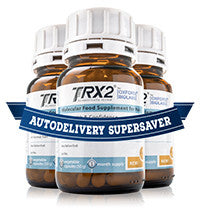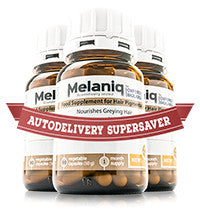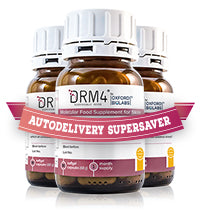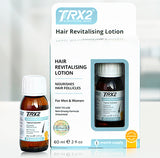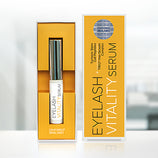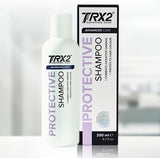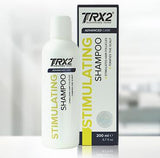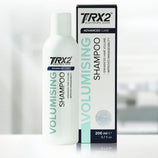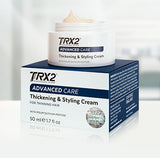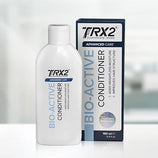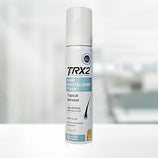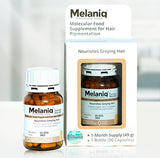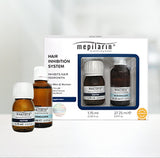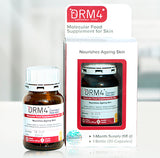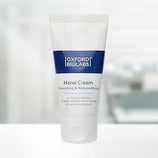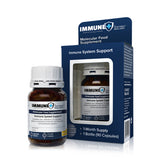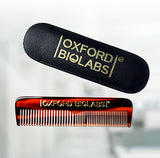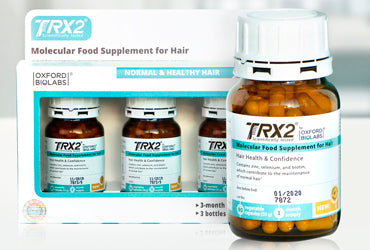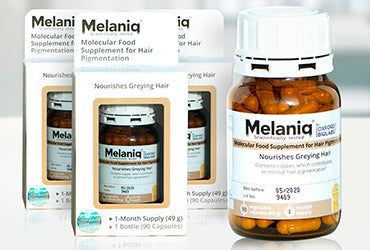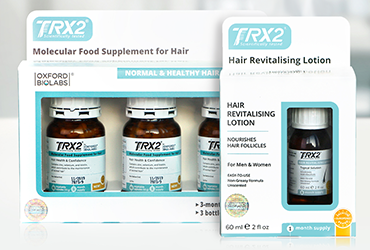Do the skincare products you use contain chemicals that can cause harmful side effects?
In the twenty-first century, for many, skin colour has no meaning. But in some parts of the world, it still carries a great degree of importance. Skin lightening products are used across the globe to achieve a lighter skin pigment colour often because of the societal beauty standards in a respective culture. These products are commonplace in continents such as Asia and Africa, however are not exclusive to these regions.
Skin bleaching products are mostly applied by individuals who have darker skin colours, and there are many cases of immigrants feeling pressured to conform to their perceived new country’s typical beauty. These skin bleaching products are not only stand-alone products but can even be found in moisturisers, anti-ageing creams, sunblock and beauty products.
Skin colour is determined by the amount of melanin within skin. What skin whitening products do, is inhibit the production of melanin which leads to a lighter colour on one’s skin.
What are some of the most common harmful ingredients in skin lightening products?
Skin lightening creams and lotions can contain a variety of chemicals which through safe and regulated use via consultation with a doctor might not be harmful, but when abused in a regular skincare routine can cause harmful side effects. These chemicals are as follows*:
- Hydroquinone
- Rhododenol
- Mercury
- Resorcinol
*not limited to these exclusively and are not present within all skin bleaching products
Top 3 health issues associated with skin whitening
1) Skin diseases
One ailment which is associated with the use of skin bleaching products is vitiligo. Vitiligo is a disease where skin pigment cells are damaged and destroyed in certain areas of the body, resulting in different patches of skin being different colours. The reason for the onset is still uncertain, but it is known that it can be induced through certain environmental factors. A study conducted in 2014 investigating the causes behind vitiligo, found that regular use of cosmetic products containing both or either hydroquinone and rhododenol had a significant impact upon inducing vitiligo.
Another skin disease which can be induced by skin bleaching products containing hydroquinone is ochronosis. Ochronosis is where skin patches appear darker on a macroscopic level but on a microscopic level appear yellow, thus resulting in different colours of skin. An article published in 2017 describing a study on skin bleaching products in Ghana revealed that colour changes including ochronosis occurred in 86% of participants using skin bleaching products.
2) Skin irritations
Not only can chemicals found in skin whitening products potentially cause diseases, they can also cause skin irritations. Research conducted on 104 women in Malaysia found that the most frequent skin irritations caused by skin whitening products were skin peeling (12.5%) and acne (8.7%). The products used in this study did not contain the harmful chemicals listed above but still caused harmful side effects to the users. In addition, the availability of these products was widespread, which indicates the size of the market but also the ease-of-access people have to these products. The lesson here is an important one: the legality of a product does not mean it is harmless.
Skin irritation also was evident in a study conducted on women in Senegal. In this case, 89% of the participants were using products which contained hydroquinone and 10% were using products containing mercury iodine. As a result of using products containing these chemicals, women started to develop dermatophyte infections and in some cases scabies. In addition to these ailments, acne was often reported too.
3) Mercury poisoning
Mercury poisoning occurs as a result of topical use or ingestion of high levels of mercury. Mercury poisoning has many symptoms including muscle weakness, poor coordination, skin irritation, rashes and sensory deprivation.
Many products, especially on the cheaper end of the scale, contain high enough traces of mercury to cause harm. A check carried out by a research group on product sold within Oman found that one fourth of skin lightening products contained harmful amounts of mercury (II) within them, a substance only permitted to be in the quantity of 1 microg/g in the United States. The substances analysed contained mercury levels between 0.02 microg/g to 25.7 microg/g, vastly exceeding the US Food and Drug Administration’s approval figure.
Conclusion
Skin whitening is a prevalent problem in both Asia and Africa and it is important that people become more aware of the health issues associated with it. It is crucial for people to take good care of their skin and if one is in the position of using these products, to seek medical advice on the product.
